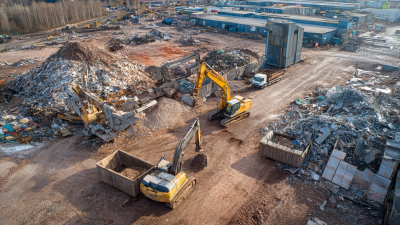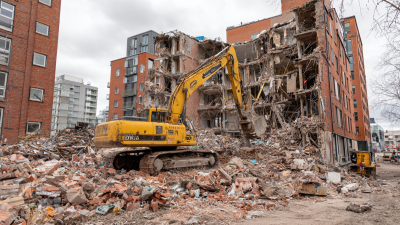5 Essential Tips for Choosing the Perfect Electric Cement Mixer
When it comes to tackling construction projects, whether big or small, selecting the right tools is crucial for achieving optimum results. One of the most important pieces of equipment in this regard is the Electric Cement Mixer. This powerful tool not only streamlines the mixing process but also ensures consistency and quality in your concrete mixtures. However, with an array of options available on the market, choosing the perfect Electric Cement Mixer can be a daunting task. To help you make an informed decision, we present five essential tips that will guide you through the selection process. From understanding the types and capacities available, to features that enhance usability and efficiency, these insights will ensure you pick the ideal mixer tailored to your specific needs and project requirements.
Choosing the Right Capacity for Your Electric Cement Mixer
When choosing the right capacity for your electric cement mixer, it's essential to consider the scale of your projects. For small DIY tasks or minor repairs, a mixer with a capacity of around 2 to 3 cubic feet may suffice. This compact size is perfect for mixing smaller batches of concrete, ensuring you can efficiently tackle jobs like patching, small patio installations, or even crafts. However, if your projects are more extensive – such as larger driveways or foundations – opting for a larger mixer, perhaps in the range of 5 to 10 cubic feet, can save you both time and effort by allowing you to mix larger quantities of cement in one go.
In addition to project size, consider storage space and mobility. Larger mixers can be cumbersome, especially in tighter work environments. A mid-sized mixer strikes a balance between capacity and ease of handling, making it a popular choice for both homeowners and contractors. Ultimately, selecting the appropriate capacity not only helps in achieving the desired concrete consistency but also improves overall efficiency, ensuring your projects are completed on time and with quality results.
Evaluating Motor Power and Performance in Electric Cement Mixers
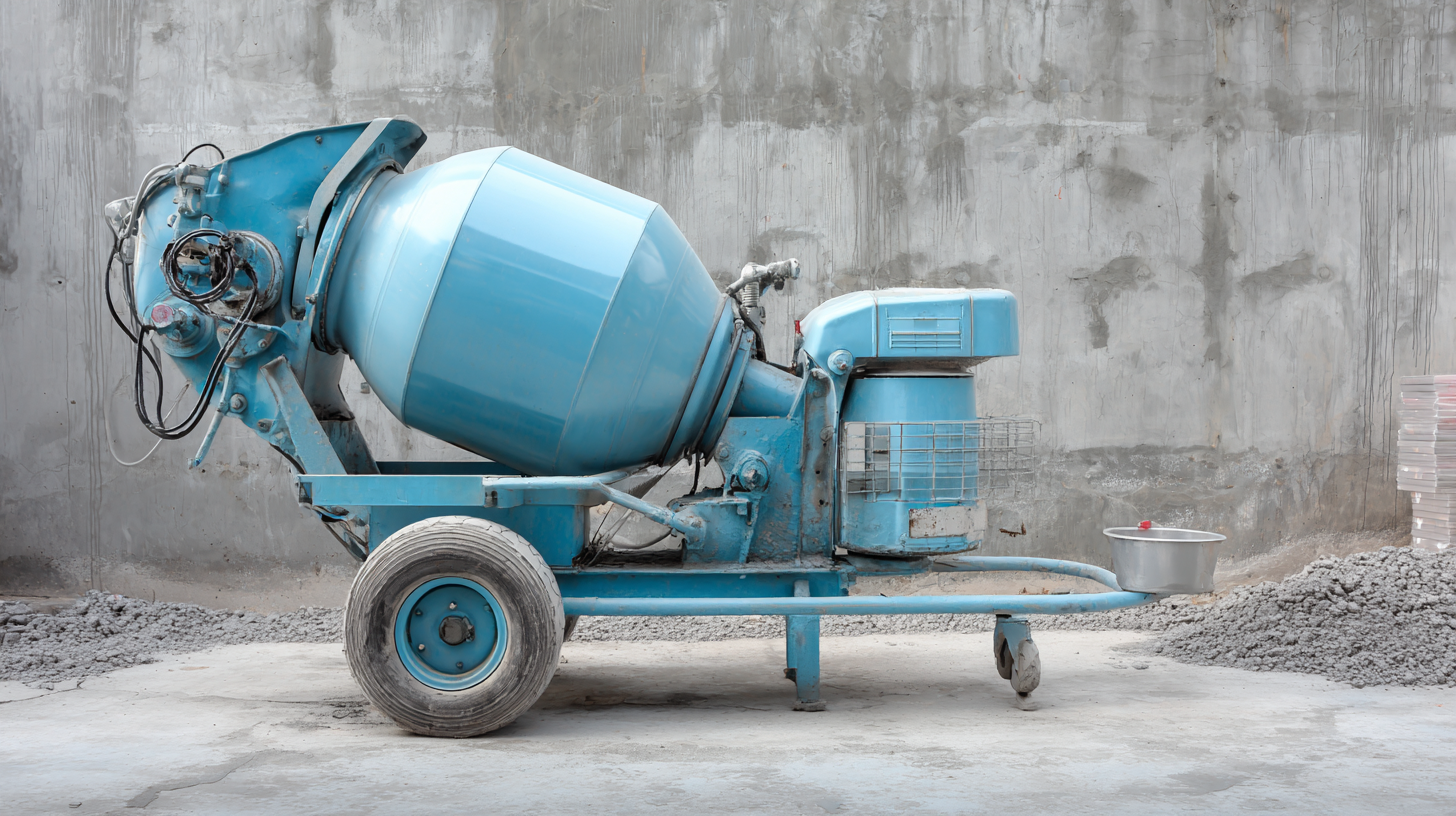 When selecting the right electric cement mixer, evaluating motor power and performance is crucial to ensure efficiency and durability. The motor's power directly influences the mixing speed and overall operational capacity. A robust motor can handle more demanding tasks, facilitating the mixing of various materials while maintaining consistency. Potential buyers should look for mixers that specify operational parameters, such as mixing speed and energy consumption, to assess their performance capabilities.
When selecting the right electric cement mixer, evaluating motor power and performance is crucial to ensure efficiency and durability. The motor's power directly influences the mixing speed and overall operational capacity. A robust motor can handle more demanding tasks, facilitating the mixing of various materials while maintaining consistency. Potential buyers should look for mixers that specify operational parameters, such as mixing speed and energy consumption, to assess their performance capabilities.
In addition to motor power, users should consider the innovation in design and technology that contributes to operational efficiency. Recent advancements have led to electric mixers that not only comply with stringent regulations but also aim to reduce energy consumption. Evaluating these mixers based on their performance metrics, such as mixing time and uniformity, can provide insights into their effectiveness on the job. Understanding these factors will help consumers make informed decisions, ensuring they select a mixer capable of meeting their specific project needs while promoting sustainability.
Understanding Mixer Drum Design: Types and Benefits
When selecting an electric cement mixer, understanding the drum design is crucial. The mixer drum can significantly influence the efficiency of mixing concrete. There are primarily two types of drum designs: tilting and non-tilting. Tilting drums facilitate easier pouring of mixed concrete, making them ideal for construction sites where moving large quantities is routine. In contrast, non-tilting drums tend to be more stable and are often used for smaller jobs, ensuring that the mix remains consistent until needed.
According to a market analysis report by IBISWorld, the construction equipment rental market is expected to grow by 5.5% annually, underscoring the increasing reliance on efficient tools like electric cement mixers. Thus, when choosing a mixer, consider a model with a drum capacity that meets your project's scale. Additionally, an optimal drum design can lead to reduced mixing time and better concrete quality, enhancing overall productivity.
Tip: Always evaluate the mixing capacity against your project needs. If you frequently handle large batches, a larger capacity, tilting mixer might serve you better. Another tip is to check the drum material; stainless steel options often provide better longevity and resistance to corrosion, making them a wise investment for frequent use.
Assessing Portability Features for Your Electric Cement Mixer
When assessing portability features for electric cement mixers,
it's crucial to consider the weight and design of the model. A
lightweight mixer can significantly enhance convenience, especially for contractors who
frequently move between job sites. According to industry reports, the trend in construction equipment is leaning towards
lighter materials that still offer durability. For instance, mixers weighing under 30 pounds
are gaining popularity, allowing easy maneuverability without sacrificing power.
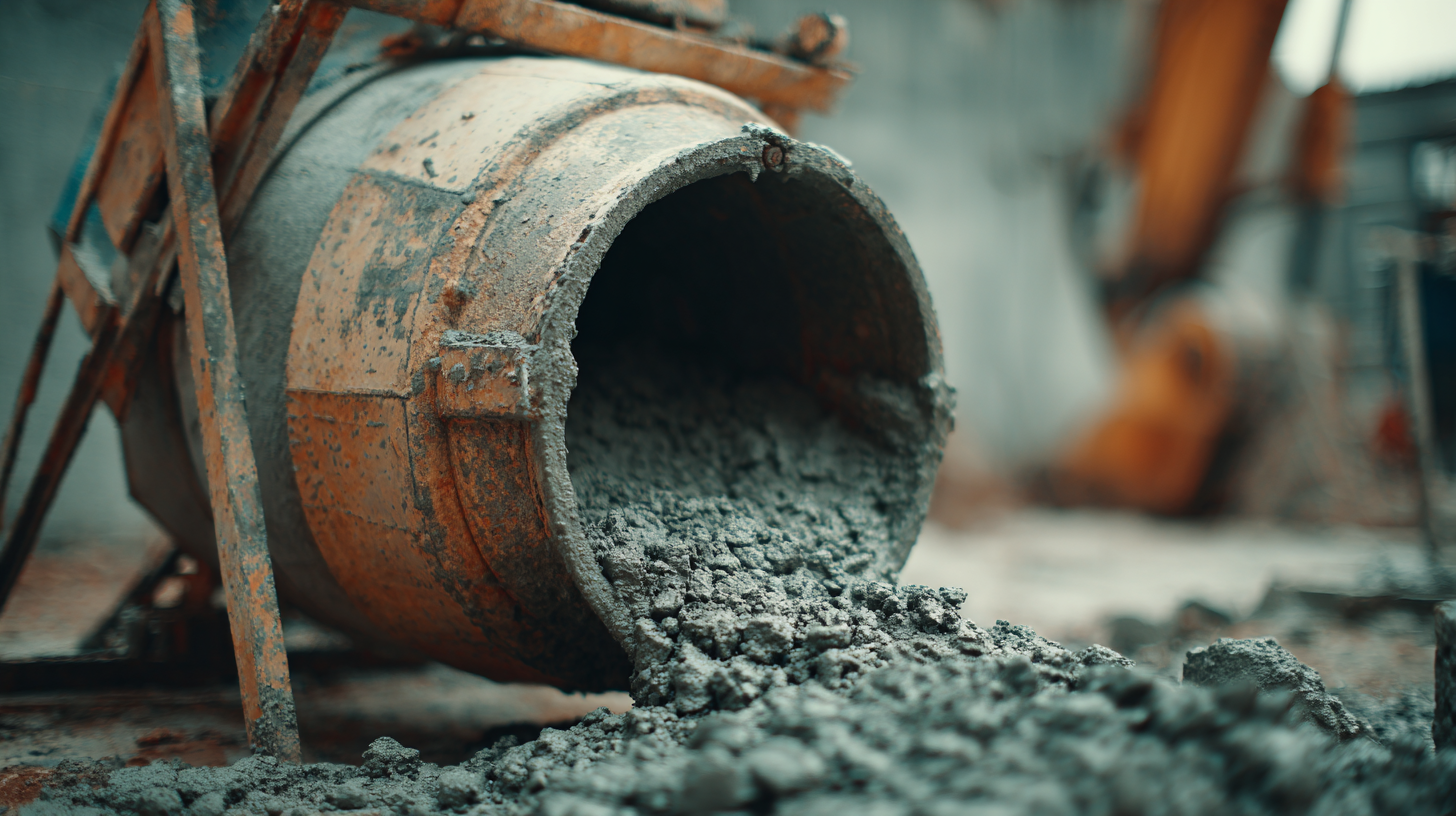
Additionally, the handling features such as the presence of wheels and
ergonomic grips can greatly affect portability. Models equipped with robust wheels can provide better stability
and ease of transport, especially on uneven terrain. A survey conducted in 2022 revealed that over
70% of construction professionals favor mixers with integrated wheels for
enhanced mobility. Moreover, the ability to easily disassemble components for storage adds another layer to consider
when evaluating a mixer’s portability. Understanding these factors can significantly impact productivity on-site
and ensure that the mixer meets the specific demands of each project.
Comparing Price and Warranty Options for Electric Cement Mixers
When choosing an electric cement mixer, comparing price and warranty options is crucial to ensure a sound investment. Pricing can widely vary based on brand, capacity, and features. It’s important to set a budget but also consider the long-term value a mixer can provide. Cheaper models might seem attractive initially, but they can often compromise on durability and performance. Investing slightly more in a higher-quality model could save you money in repairs and replacements in the future.
In addition to price, the warranty offered by manufacturers can serve as an important indicator of product reliability. A good warranty typically ranges from one to three years, covering parts and labor for defects or malfunctions. This assurance highlights the manufacturer's confidence in their product's longevity. When reviewing warranty options, be sure to understand what is covered and for how long. Reliable service and easy access to replacement parts can also enhance your overall experience with the mixer, making it essential to evaluate both aspects thoroughly before making a purchase.
5 Essential Tips for Choosing the Perfect Electric Cement Mixer
| Model |
Price ($) |
Warranty (Years) |
Mixing Capacity (Cubic Feet) |
Power (Watts) |
| Electric Mixer A |
299.99 |
2 |
4.0 |
650 |
| Electric Mixer B |
349.99 |
3 |
3.5 |
750 |
| Electric Mixer C |
399.99 |
3 |
5.0 |
800 |
| Electric Mixer D |
279.99 |
1 |
3.0 |
600 |
| Electric Mixer E |
419.99 |
4 |
4.5 |
900 |

Home
About Us
Products
 Concrete Mixing Plant
Concrete Mixing Plant
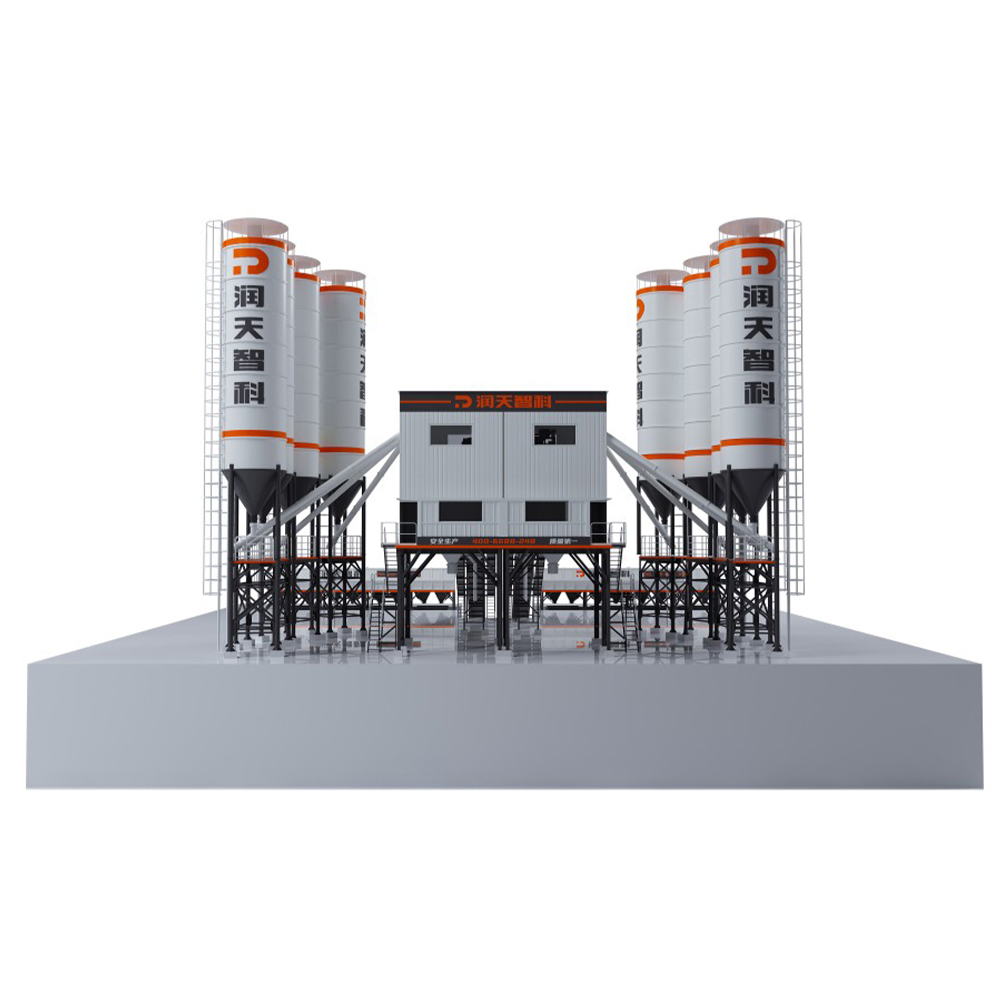 HZS Series Belt Concrete Mixing Plant
HZS Series Belt Concrete Mixing Plant
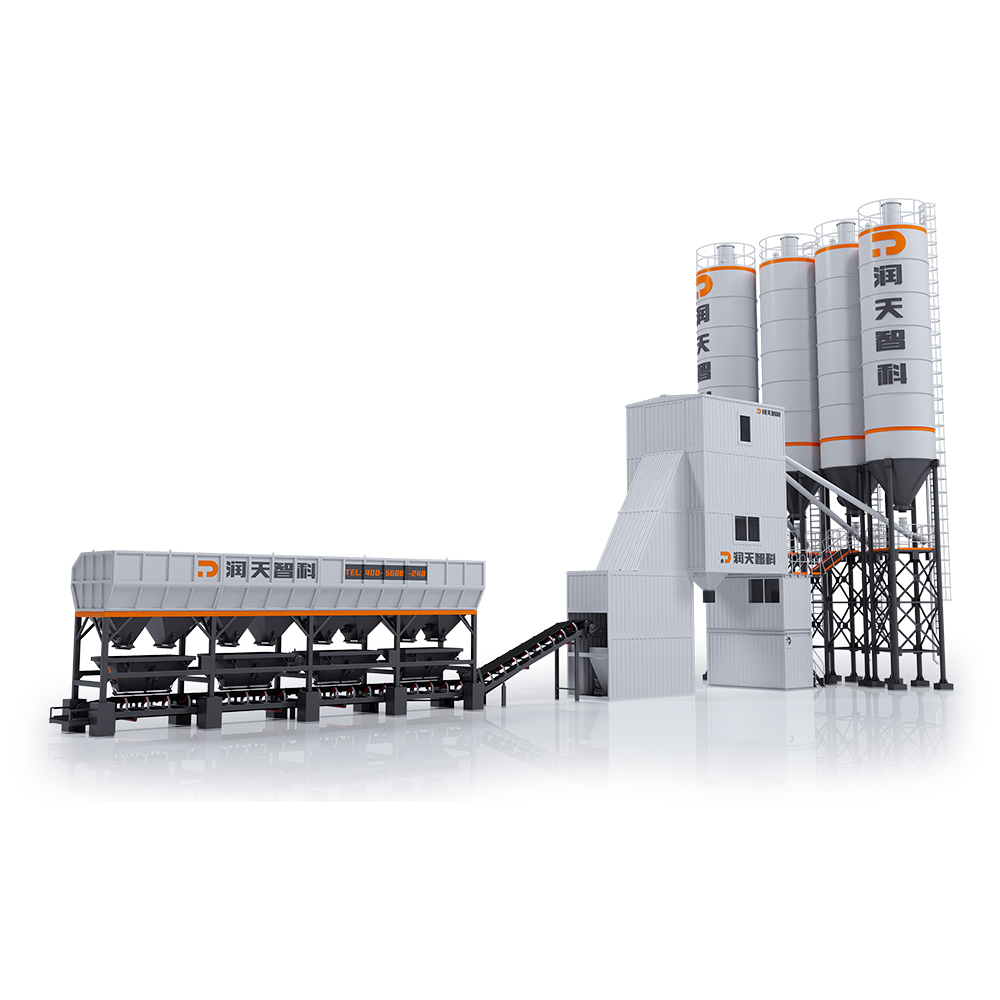 HZS Series Bucket-Lifting Type Container Concrete Mixing Plant
HZS Series Bucket-Lifting Type Container Concrete Mixing Plant
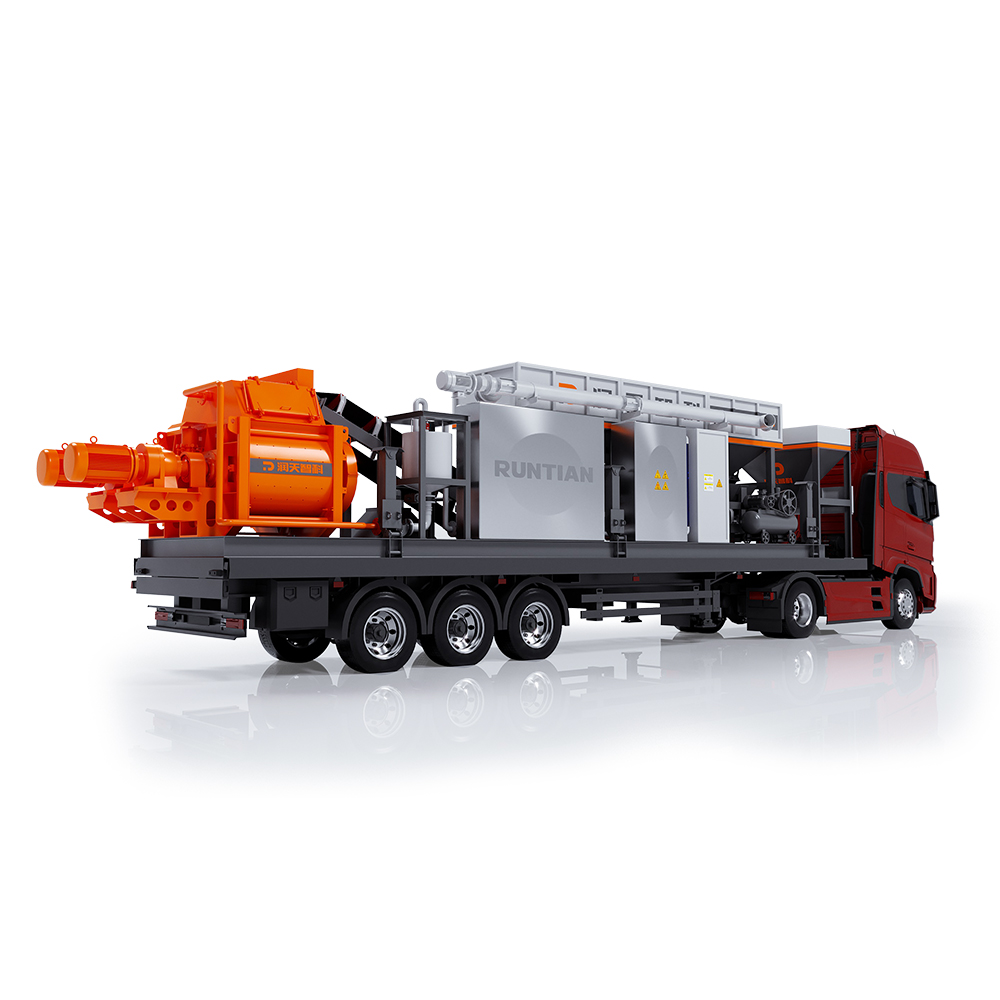 HZS60 Mobile Concrete Mixing Plant
HZS60 Mobile Concrete Mixing Plant
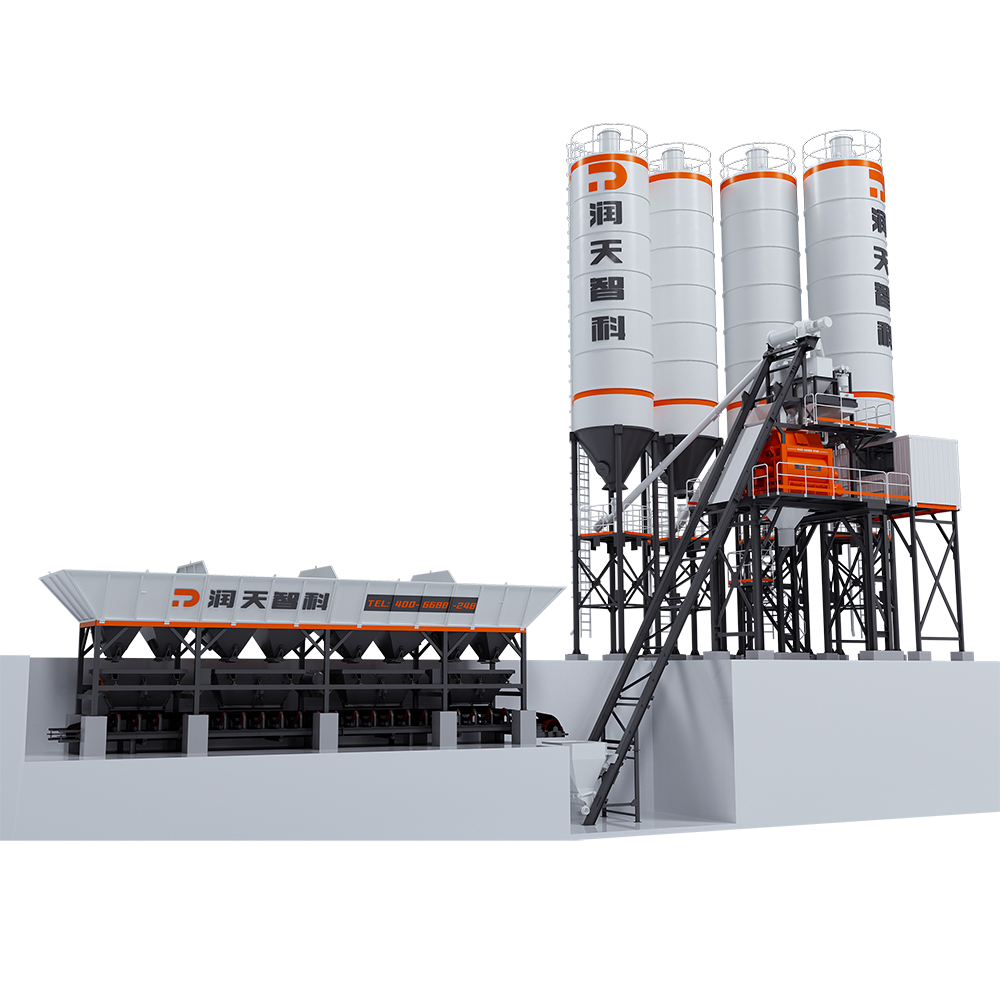 HZS Series Bucket-Lifting Type Concrete Mixing Plant
HZS Series Bucket-Lifting Type Concrete Mixing Plant
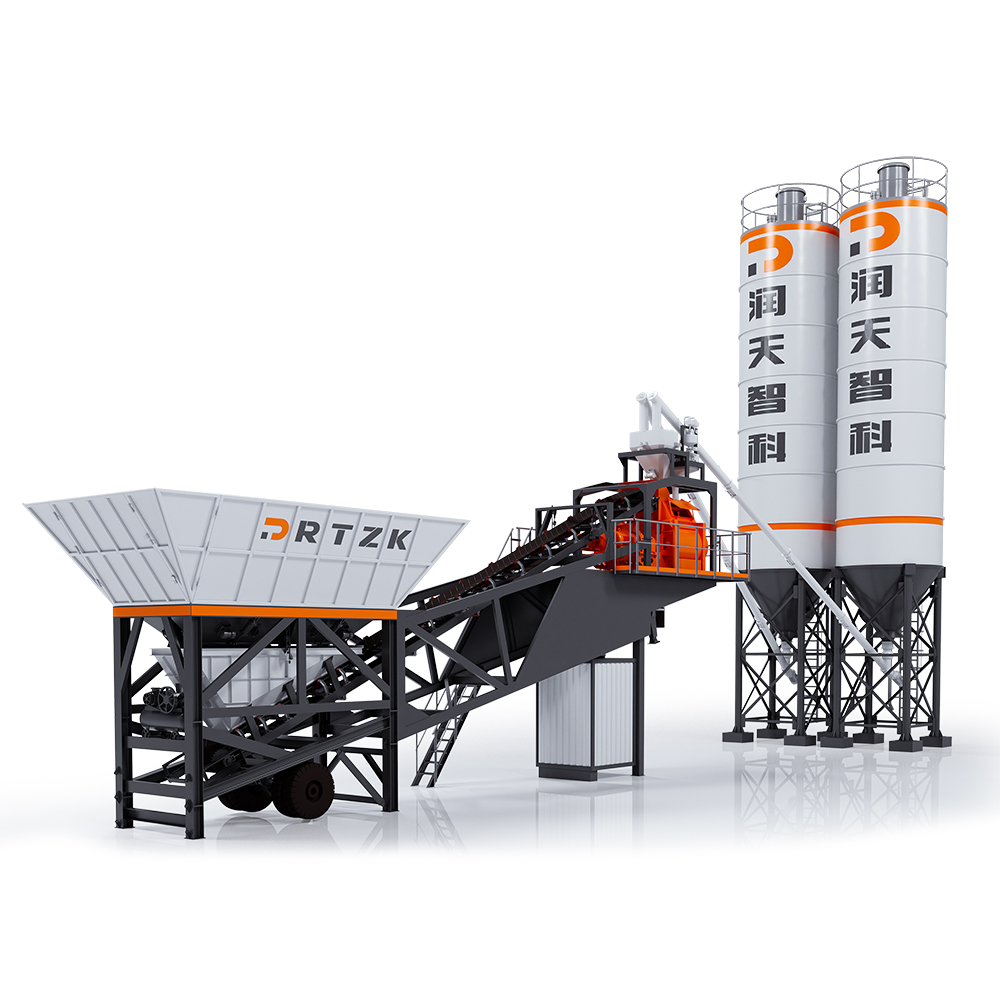 HZS Series Mobile Concrete Mixing Plant
HZS Series Mobile Concrete Mixing Plant
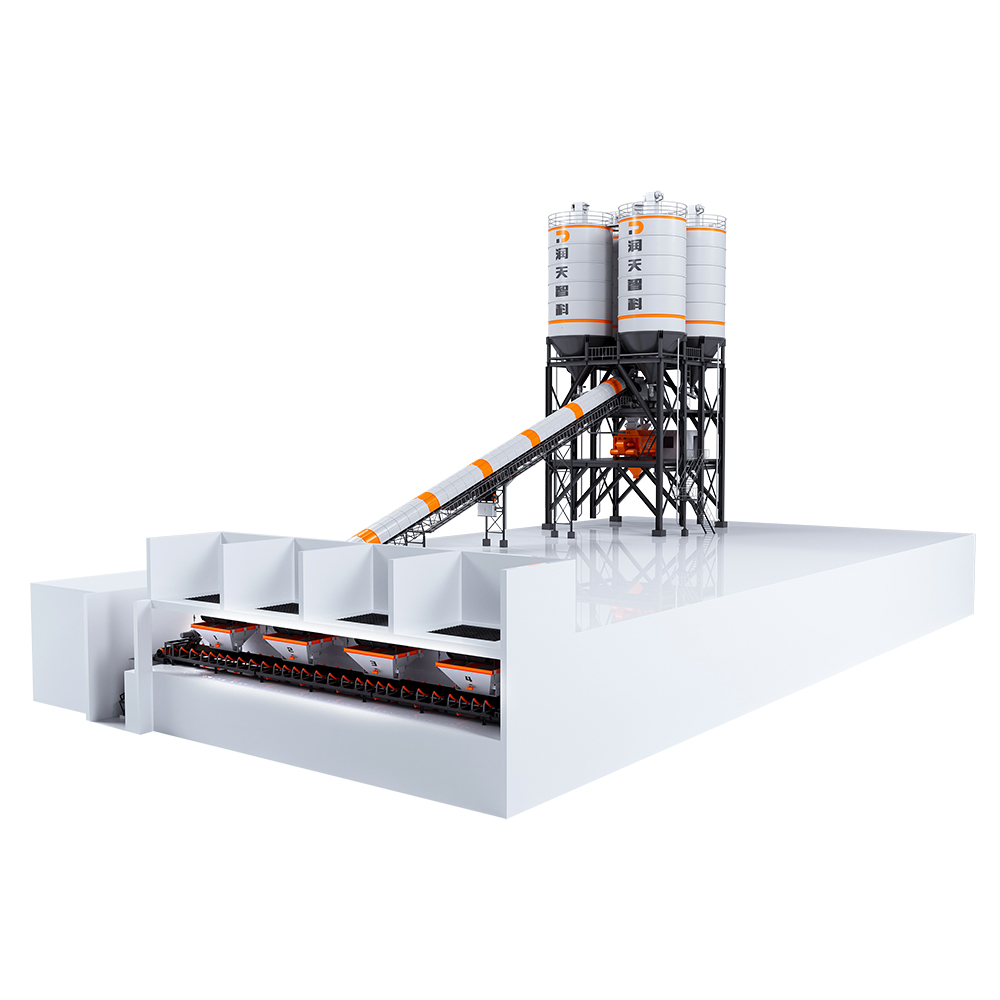 HZS Series Top-Mounted Concrete Mixing plant
HZS Series Top-Mounted Concrete Mixing plant
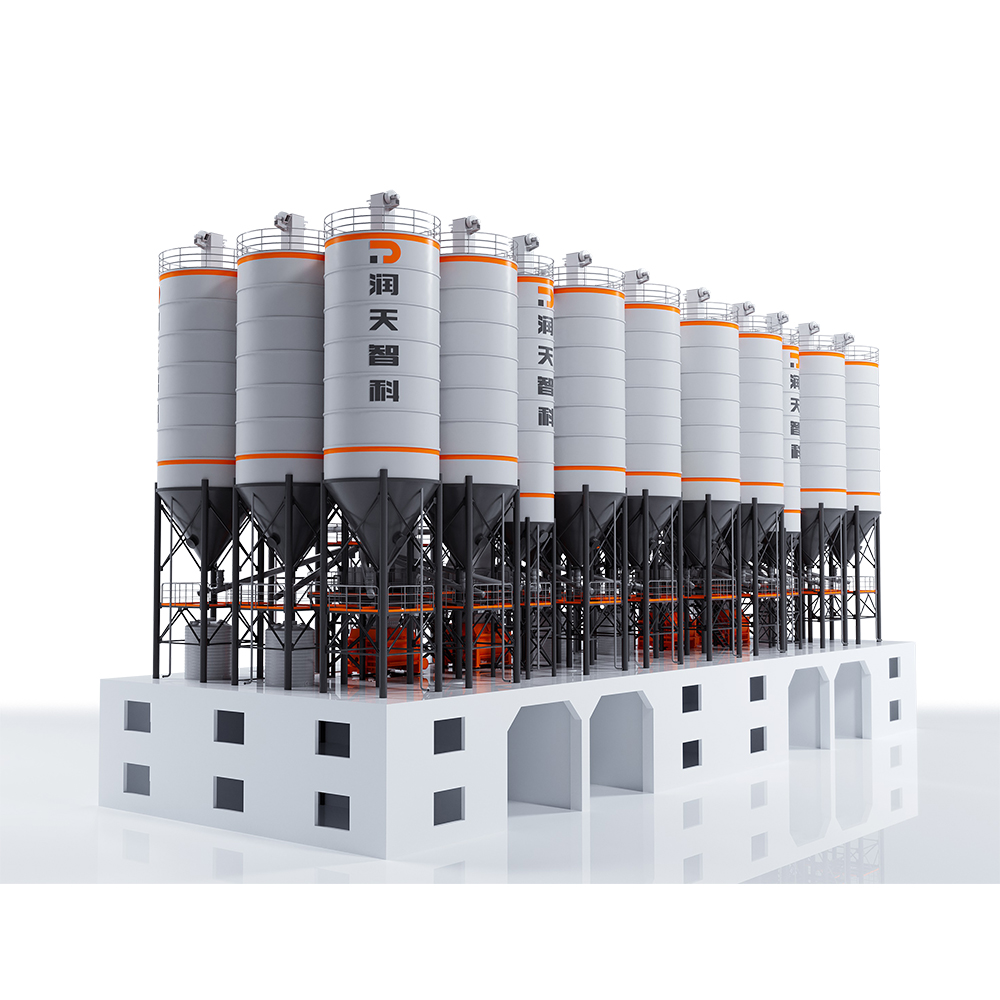 HZS Series Semi-Top Mounted Concrete Mixing Plant
HZS Series Semi-Top Mounted Concrete Mixing Plant
 Stabilized Soil Mixing Plant
Stabilized Soil Mixing Plant
 Asphalt Mixing Plant
Asphalt Mixing Plant
 Sand & Gravel Crushing and Screening Plant
Sand & Gravel Crushing and Screening Plant
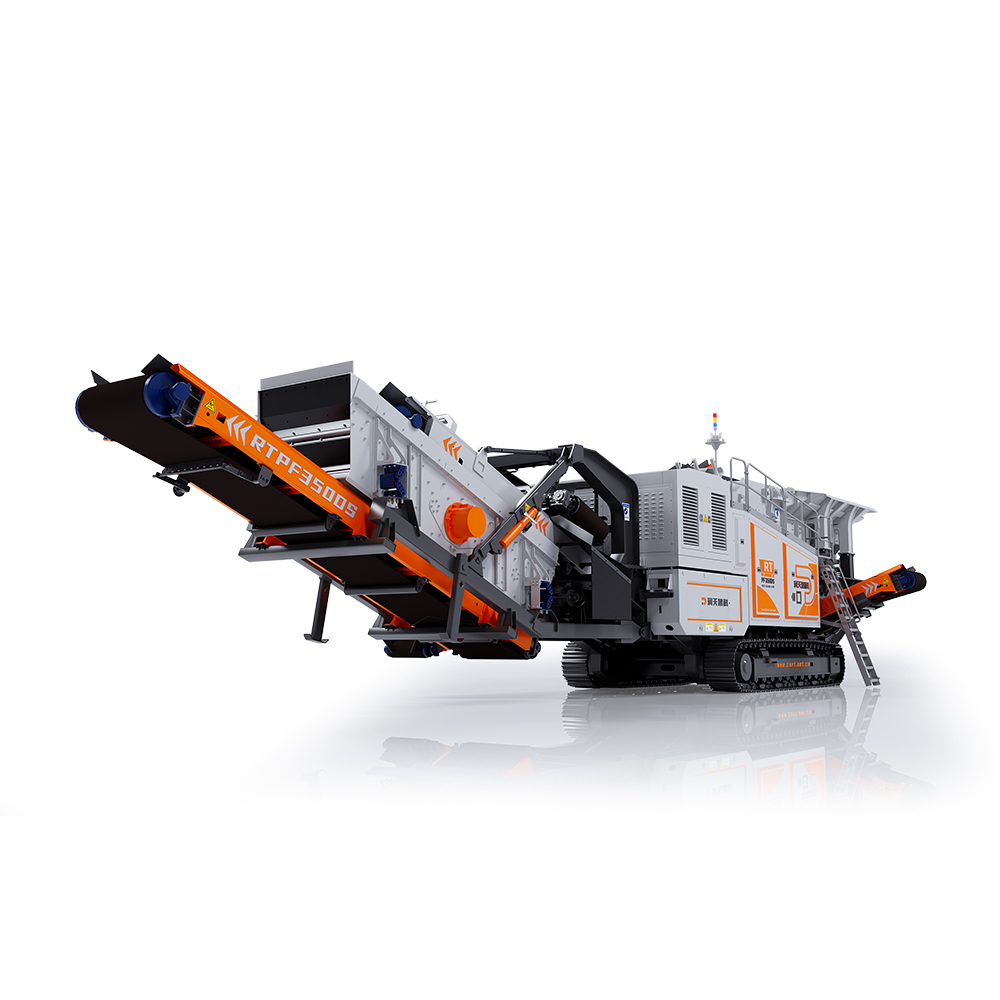 RTPF350DS Crawler Mobile Impact Crushing Plant
RTPF350DS Crawler Mobile Impact Crushing Plant
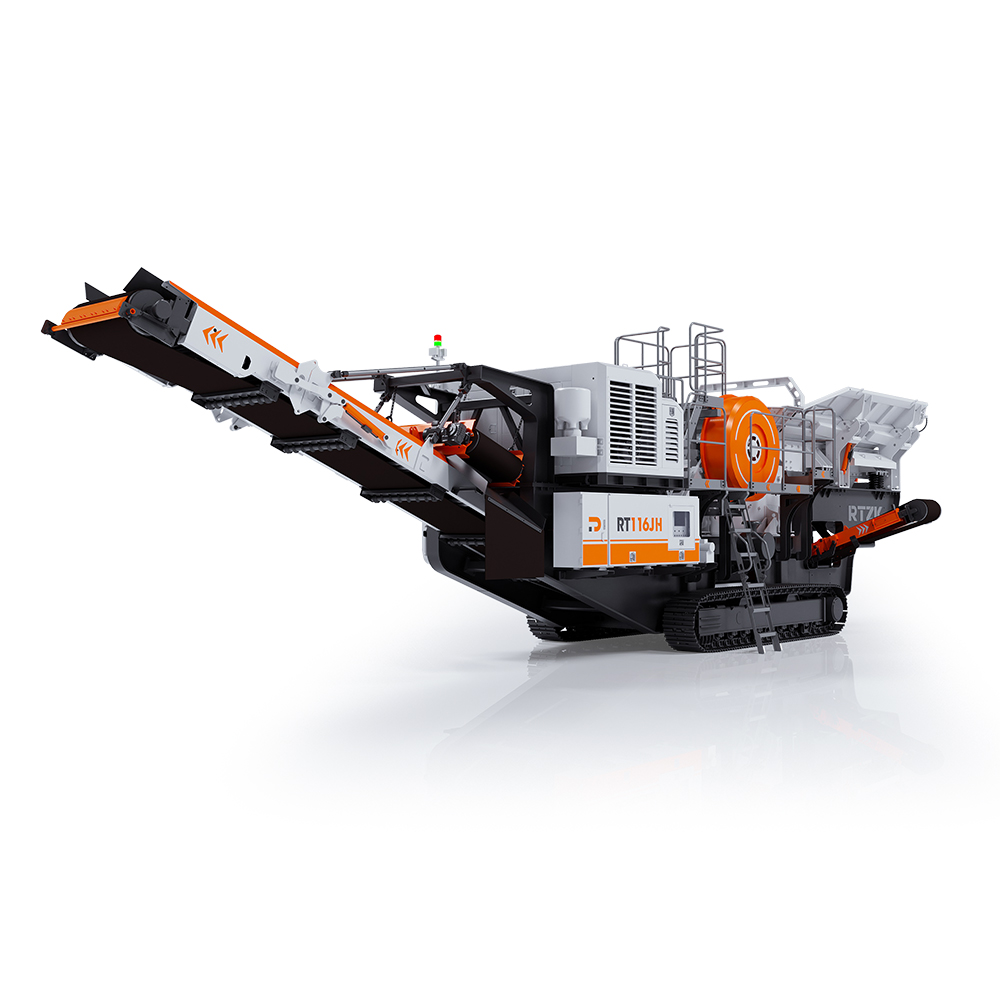 RT116JH Crawler Mobile Jaw Crushing Plant
RT116JH Crawler Mobile Jaw Crushing Plant
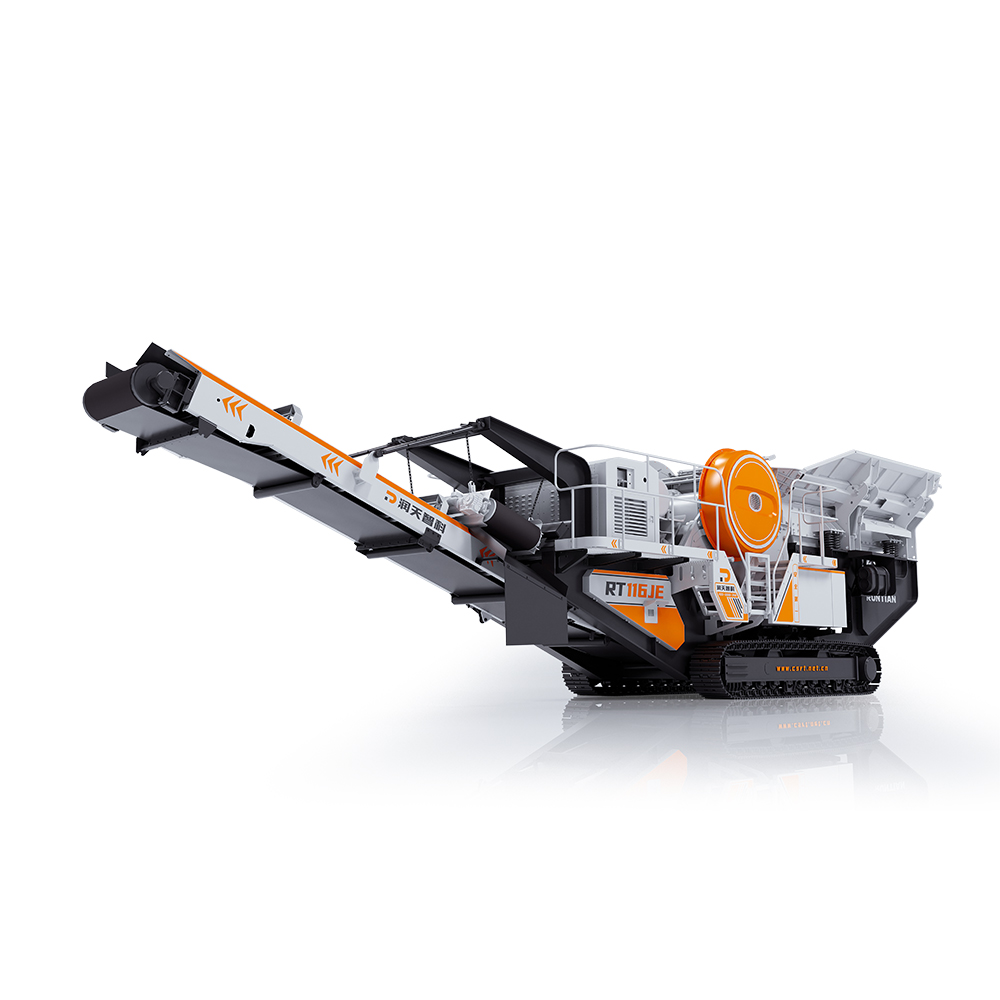 RT116JE Crawler Mobile Jaw Crushing Plant
RT116JE Crawler Mobile Jaw Crushing Plant
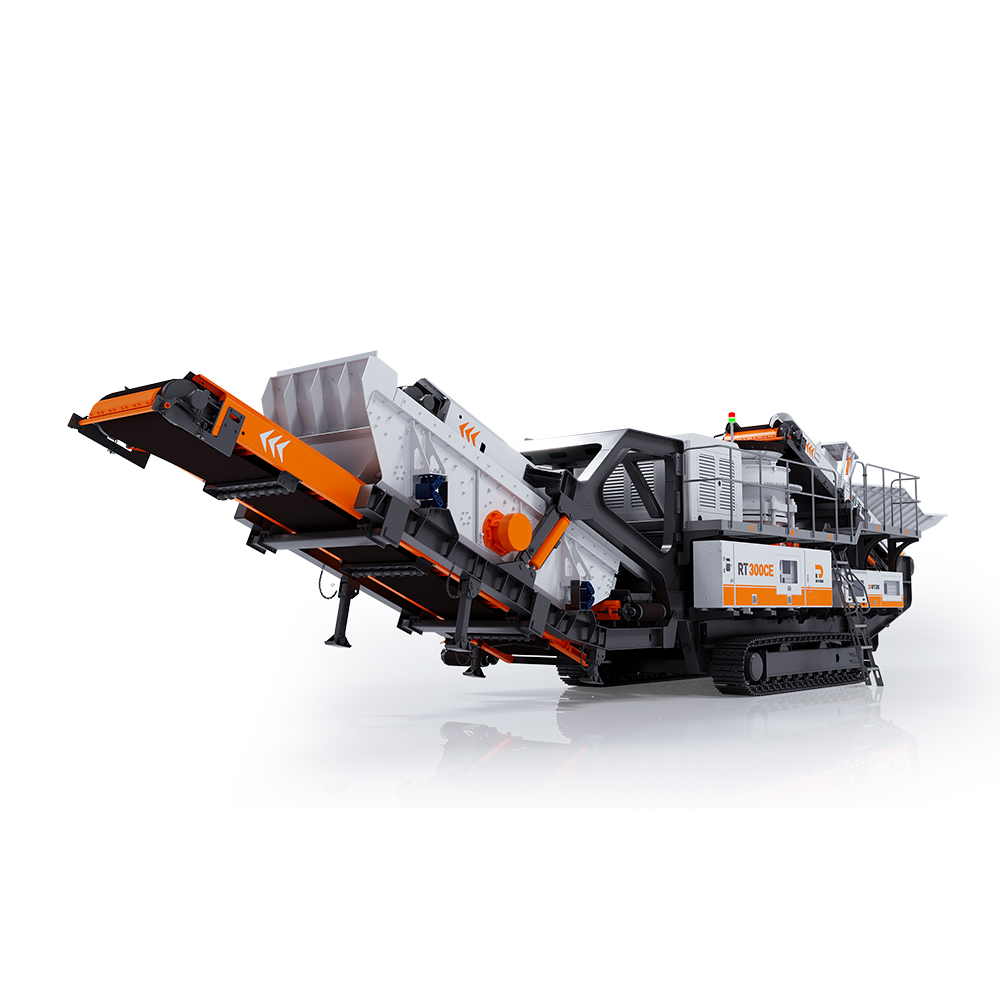 RT300CE Crawler Mobile Cone Crushing Plant
RT300CE Crawler Mobile Cone Crushing Plant
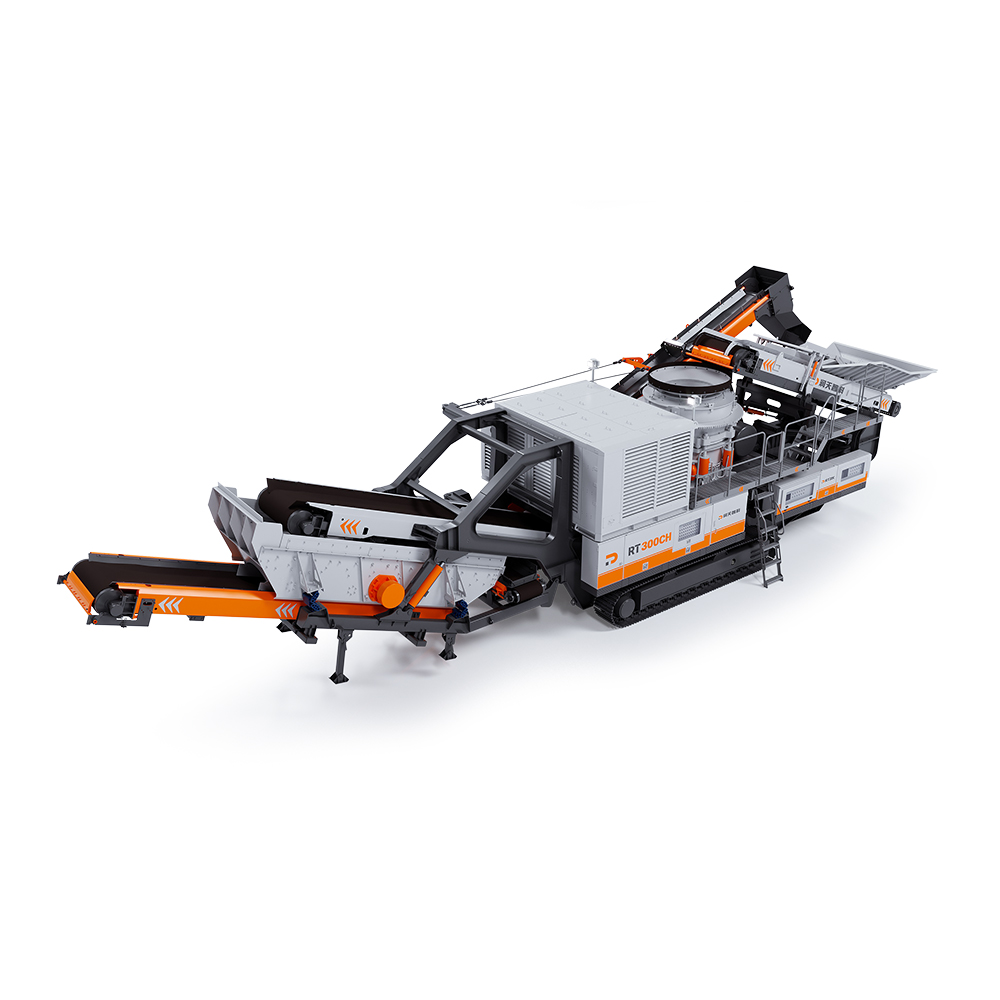 RT300CH Crawler Mobile Cone Crushing Plant
RT300CH Crawler Mobile Cone Crushing Plant
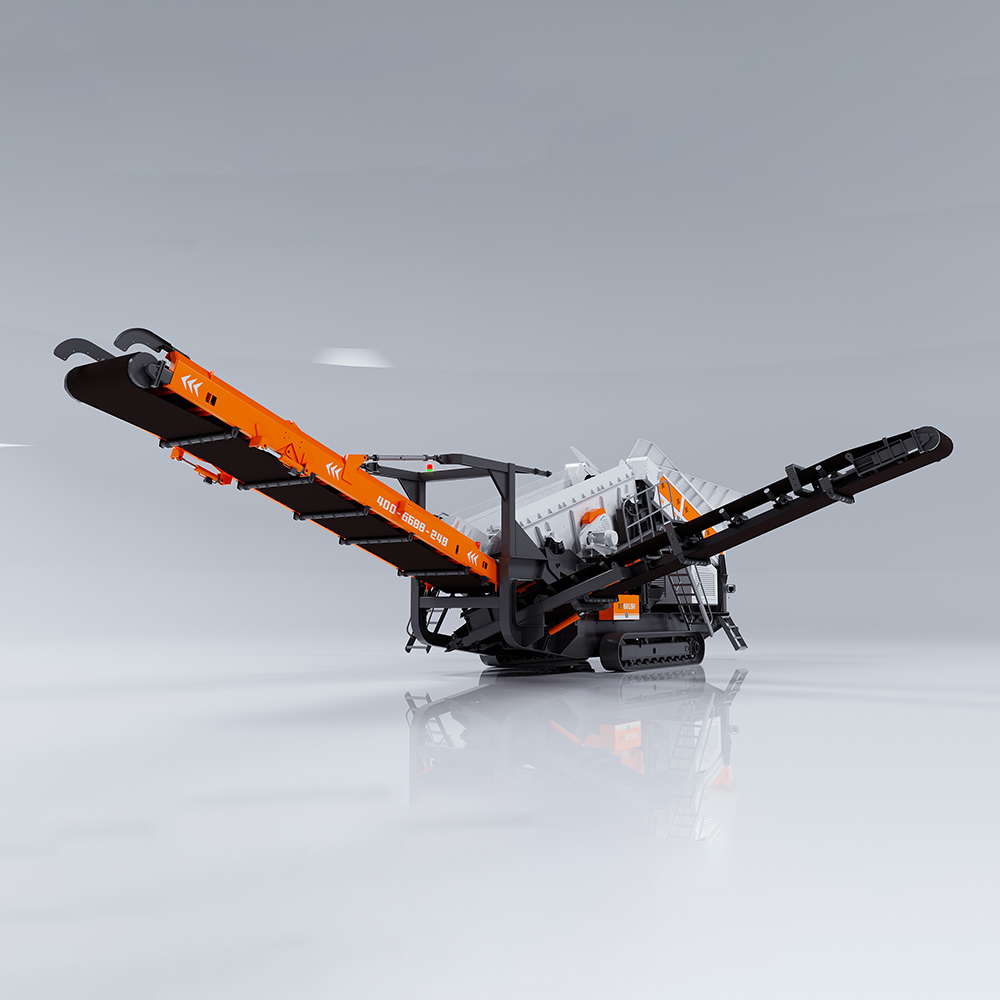 RT5015H Mobile Scalping Screen
RT5015H Mobile Scalping Screen
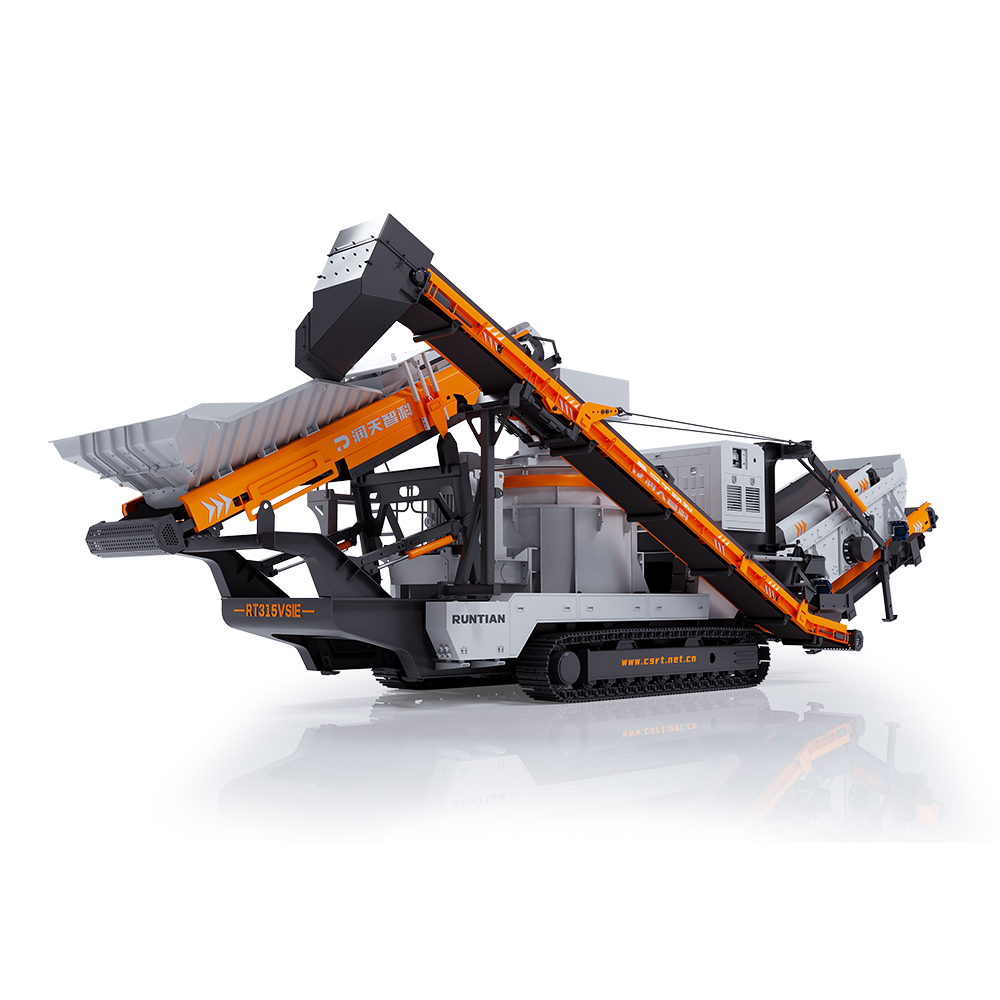 RT315VSIE Crawler Mobile Sand Maker
RT315VSIE Crawler Mobile Sand Maker
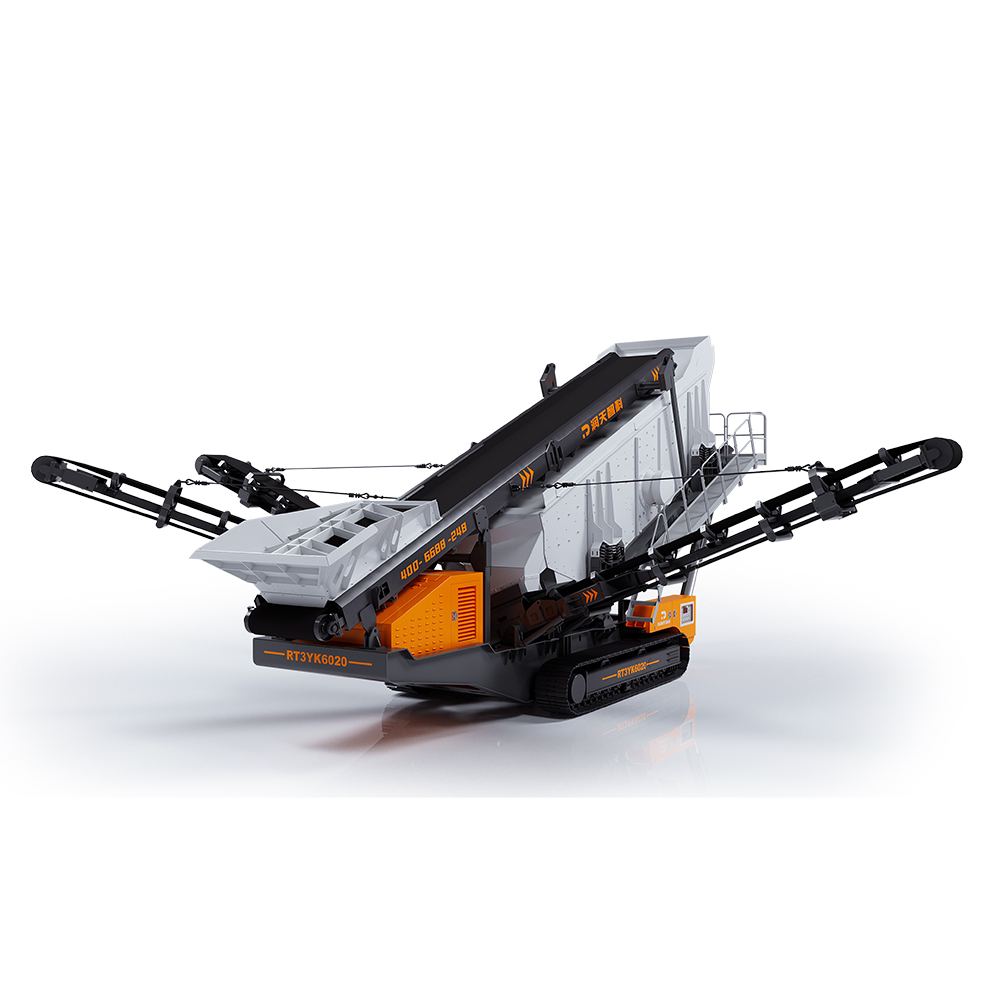 RT3YK6020 Crawler Mobile Screening Plant
RT3YK6020 Crawler Mobile Screening Plant
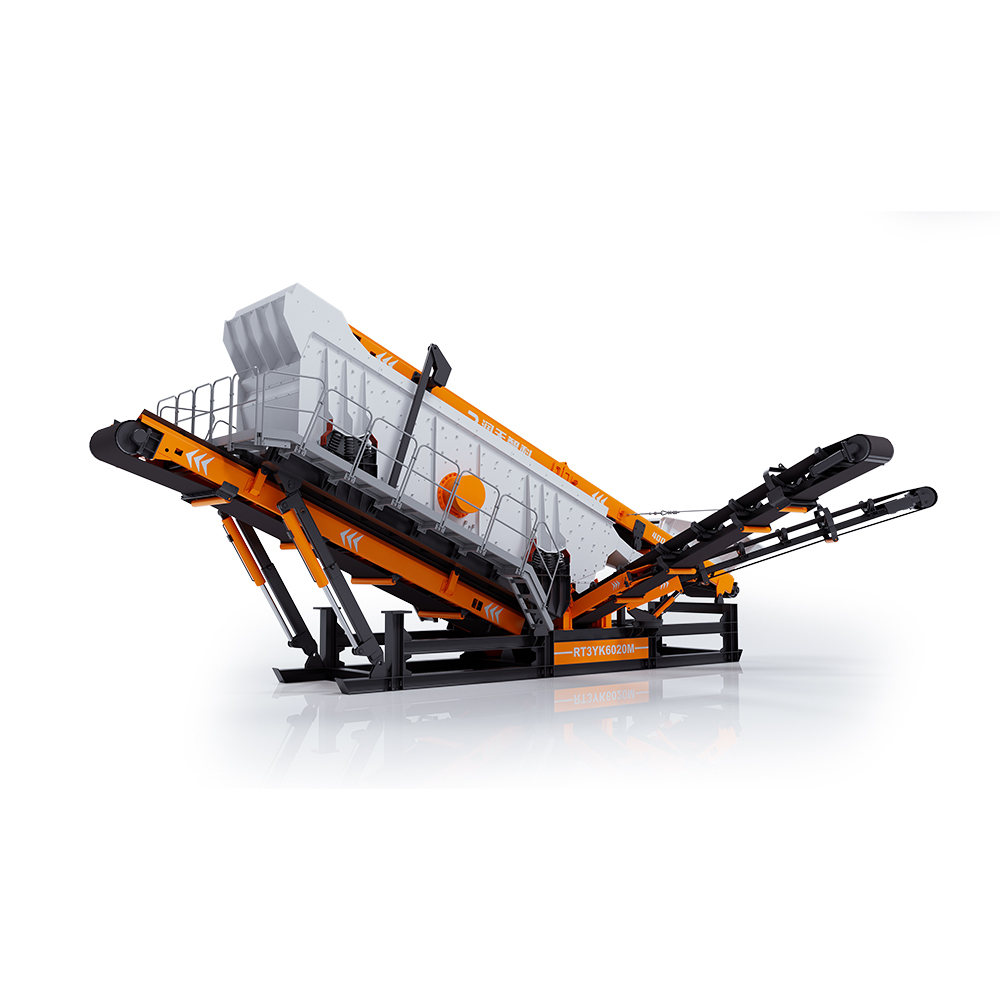 RT3YK6020M Modular Screening Plant
RT3YK6020M Modular Screening Plant
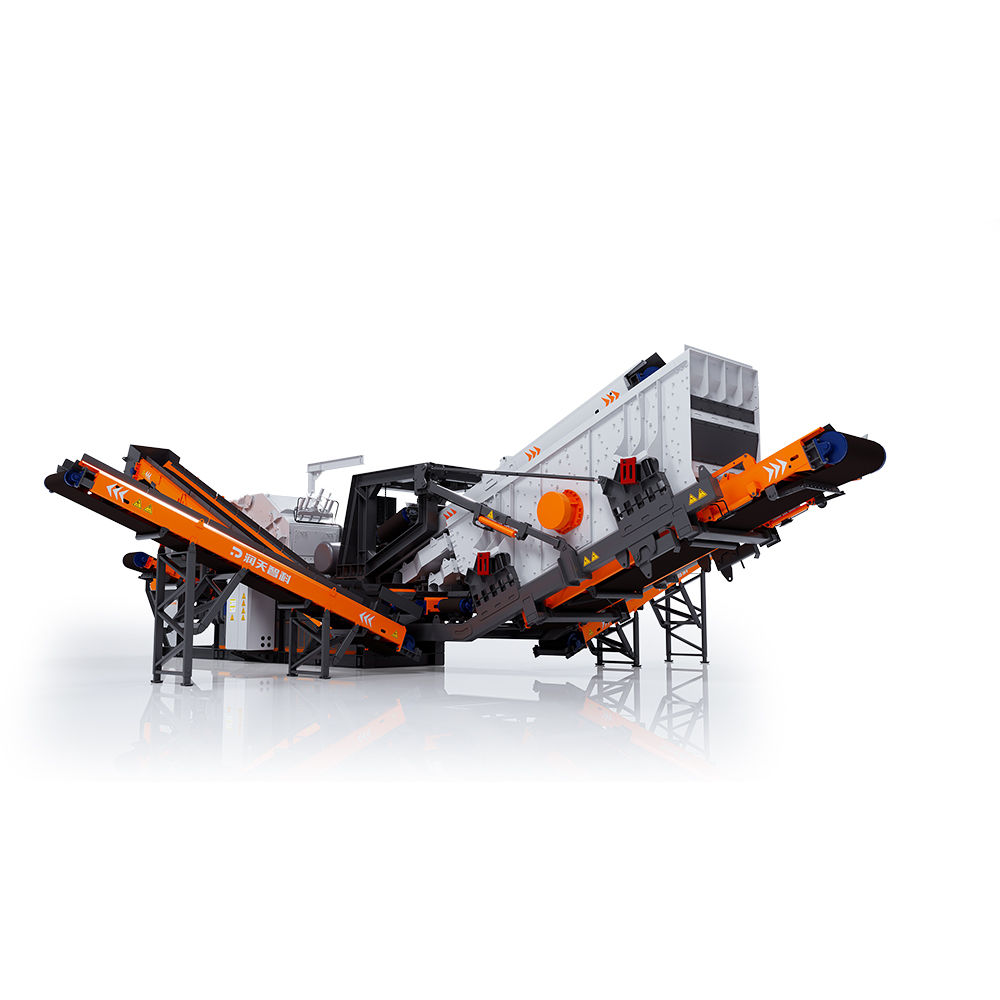 RTF260M Modular Counterattack Crushing and Screening Integrated Machine
RTF260M Modular Counterattack Crushing and Screening Integrated Machine
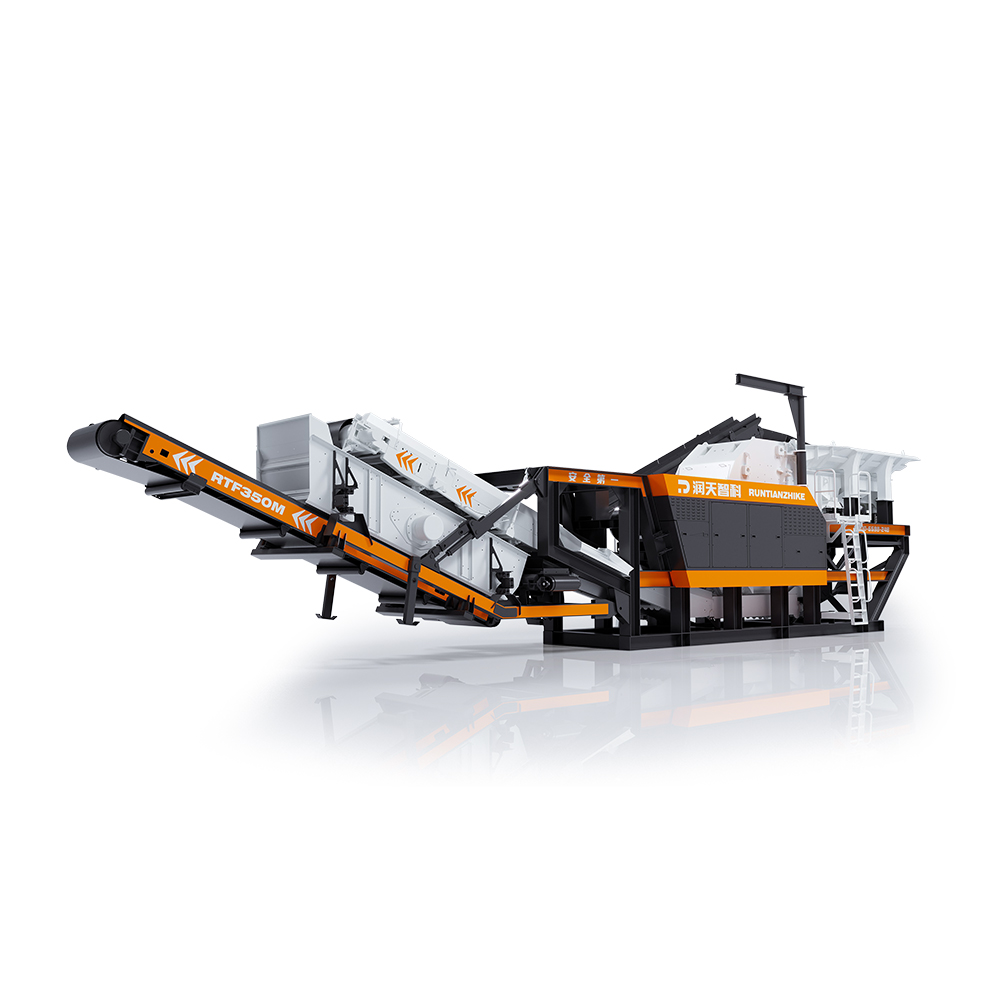 RTF350M Modular Impact Crushing Plant
RTF350M Modular Impact Crushing Plant
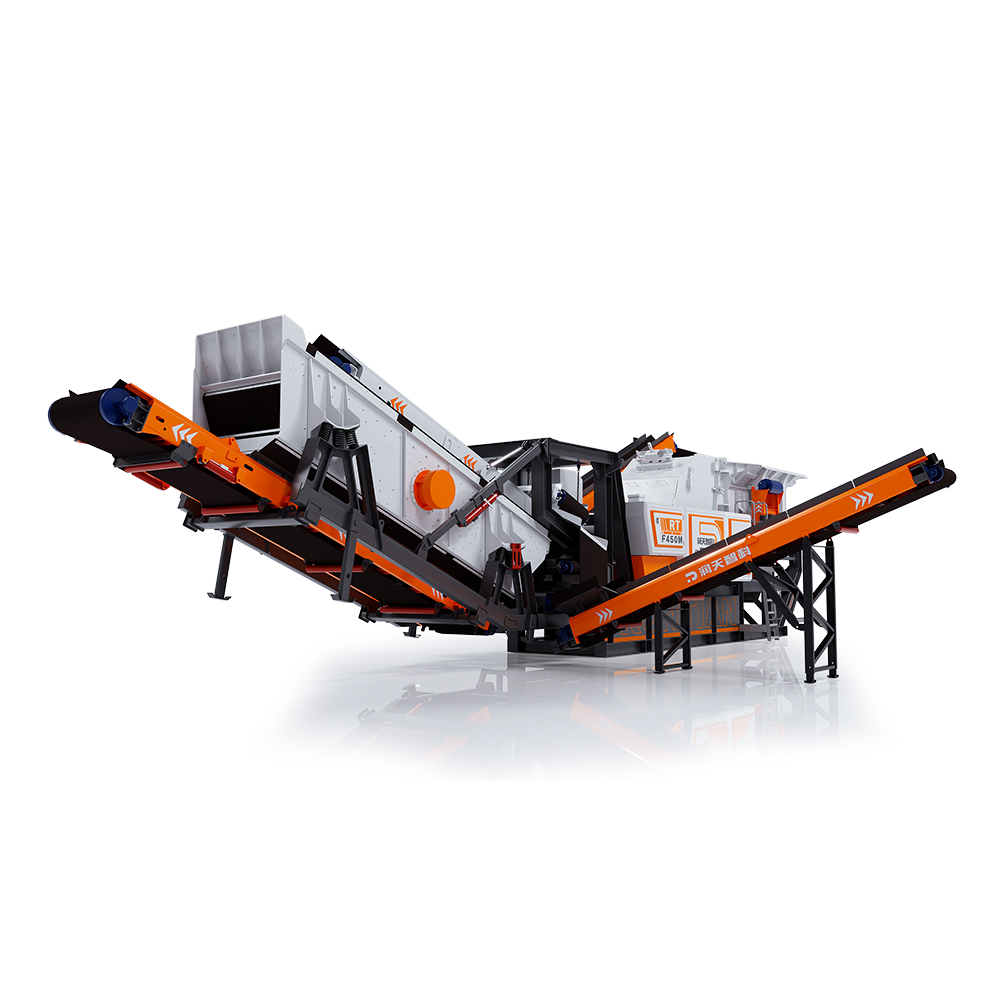 RTF450M Modular Impact Crushing Plant
RTF450M Modular Impact Crushing Plant
 Construction Waste Resourceful Treatment Line
Construction Waste Resourceful Treatment Line
Performances
Video
News
Blog
Contact Us
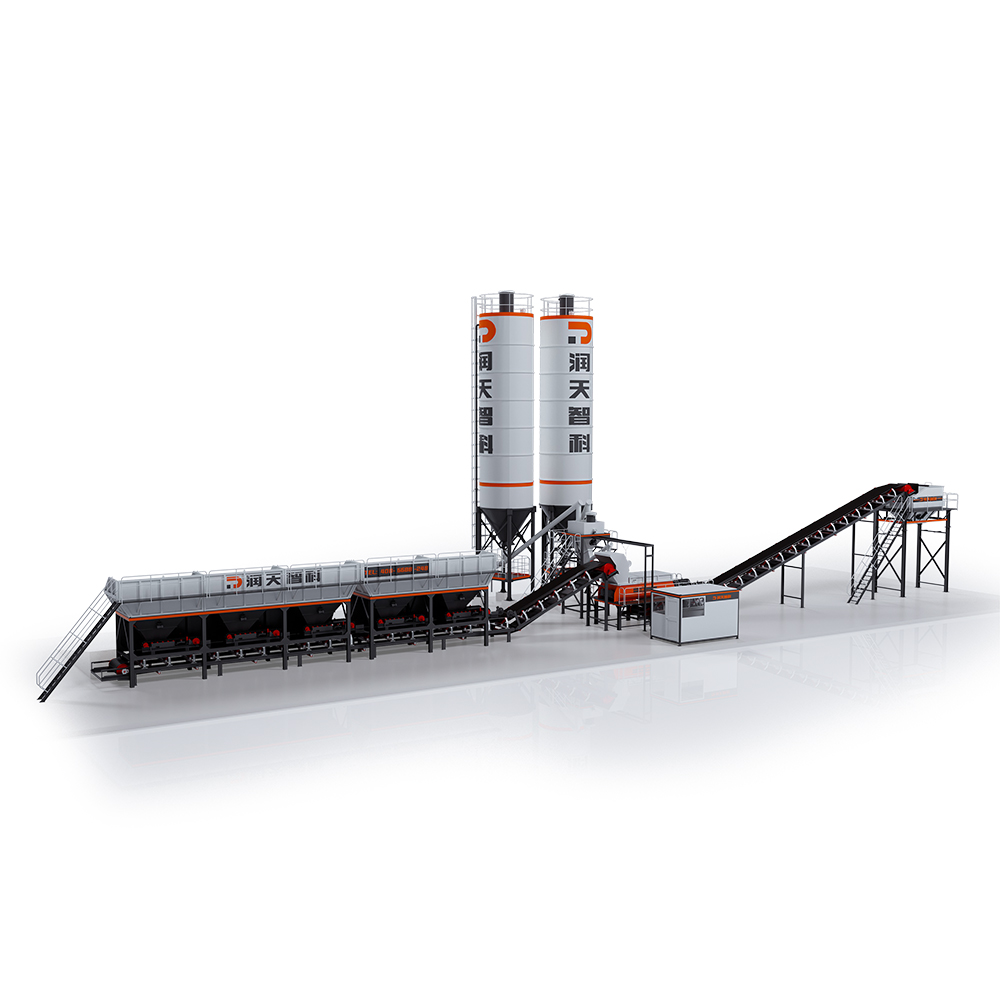 WDB Series Foundation-Free Stability Soil Mixing Plant
WDB Series Foundation-Free Stability Soil Mixing Plant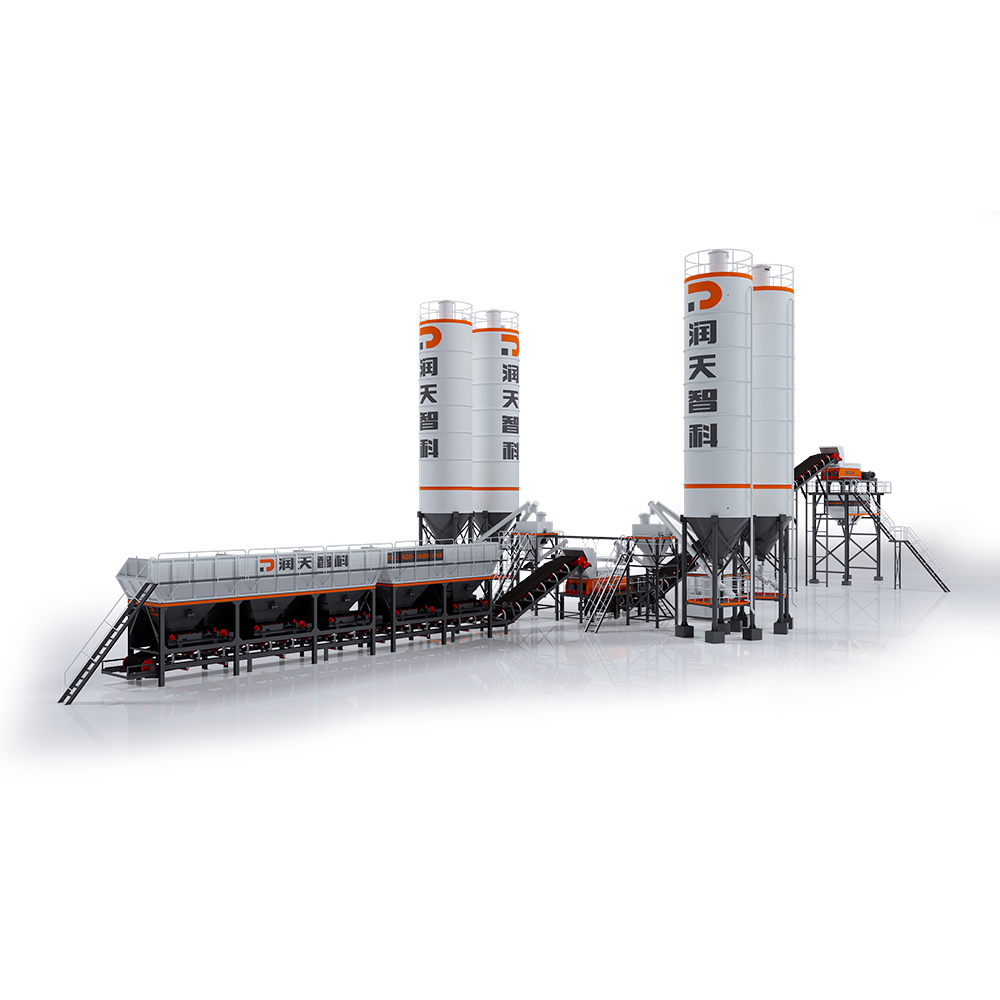 LCB Series Emulsified Asphalt Cold Regeneration Secondary Mixing Plant
LCB Series Emulsified Asphalt Cold Regeneration Secondary Mixing Plant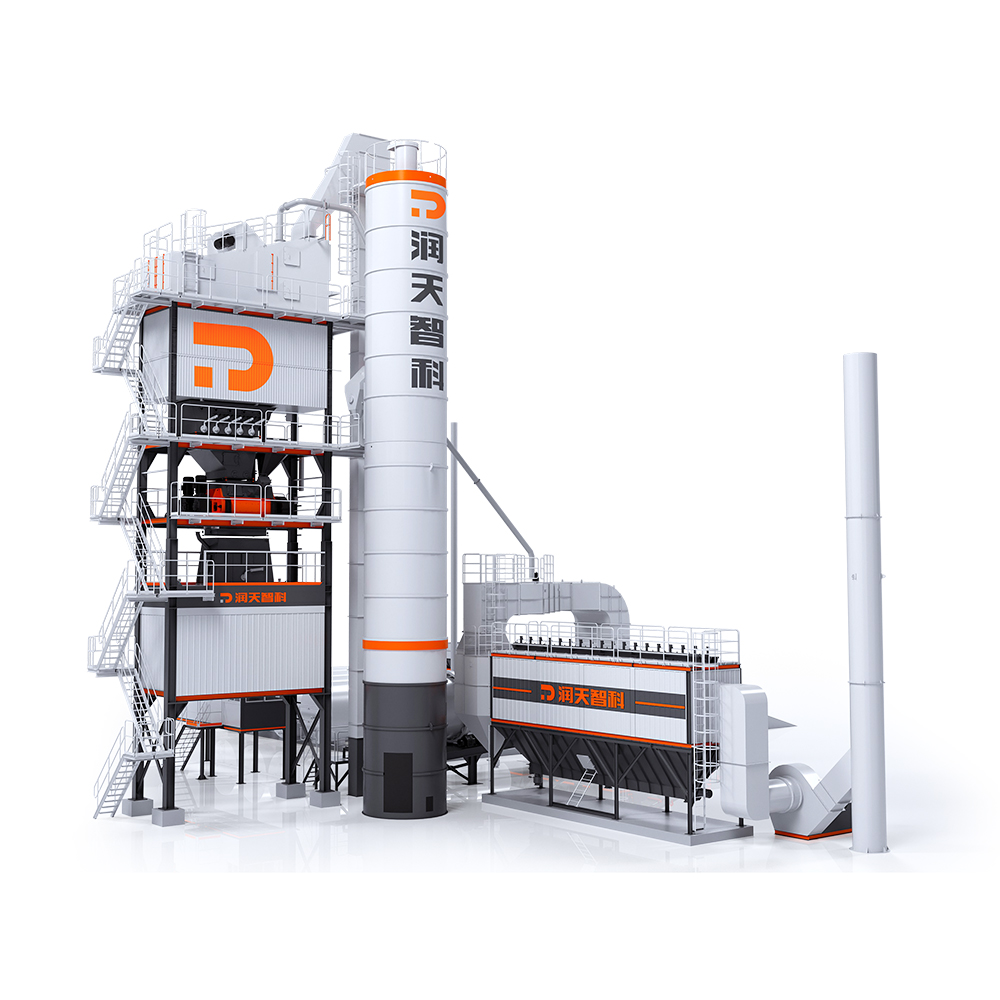 LB Series Asphalt Mixing Plant
LB Series Asphalt Mixing Plant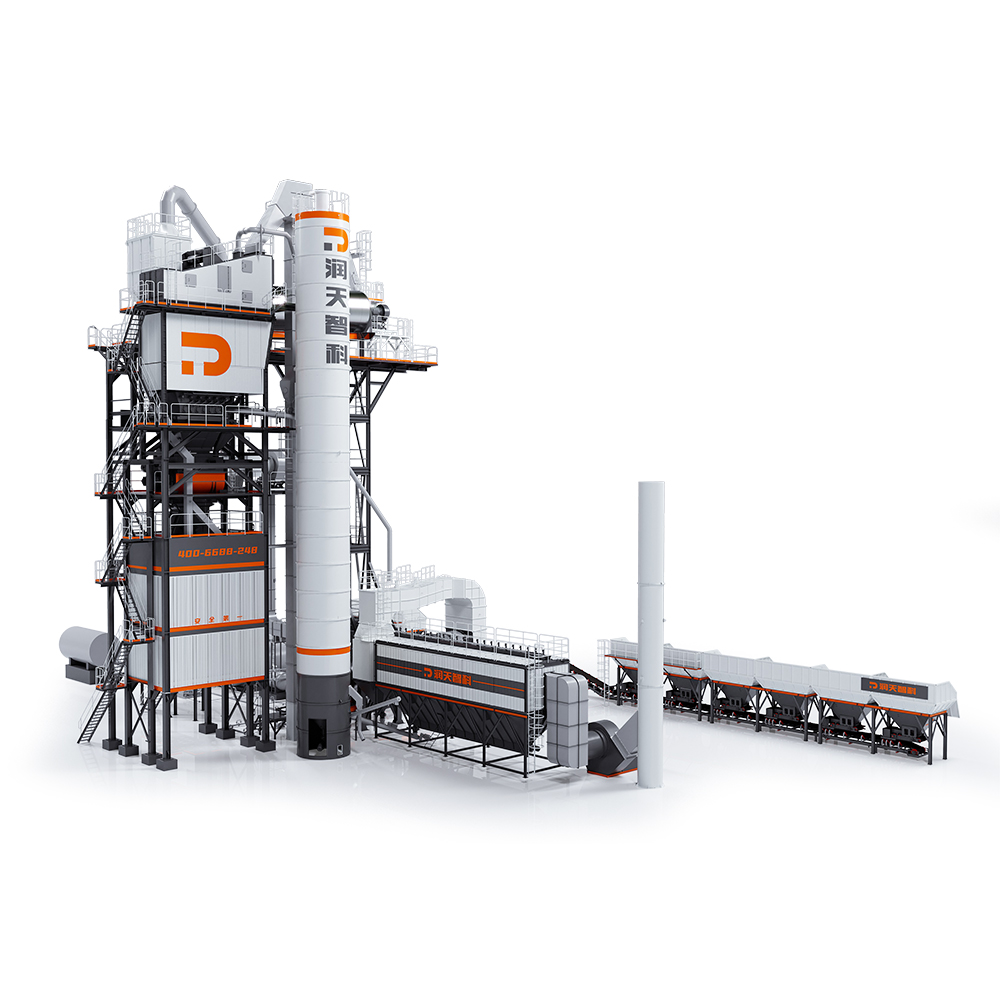 LBR Series Integrated Asphalt Mixing Plant
LBR Series Integrated Asphalt Mixing Plant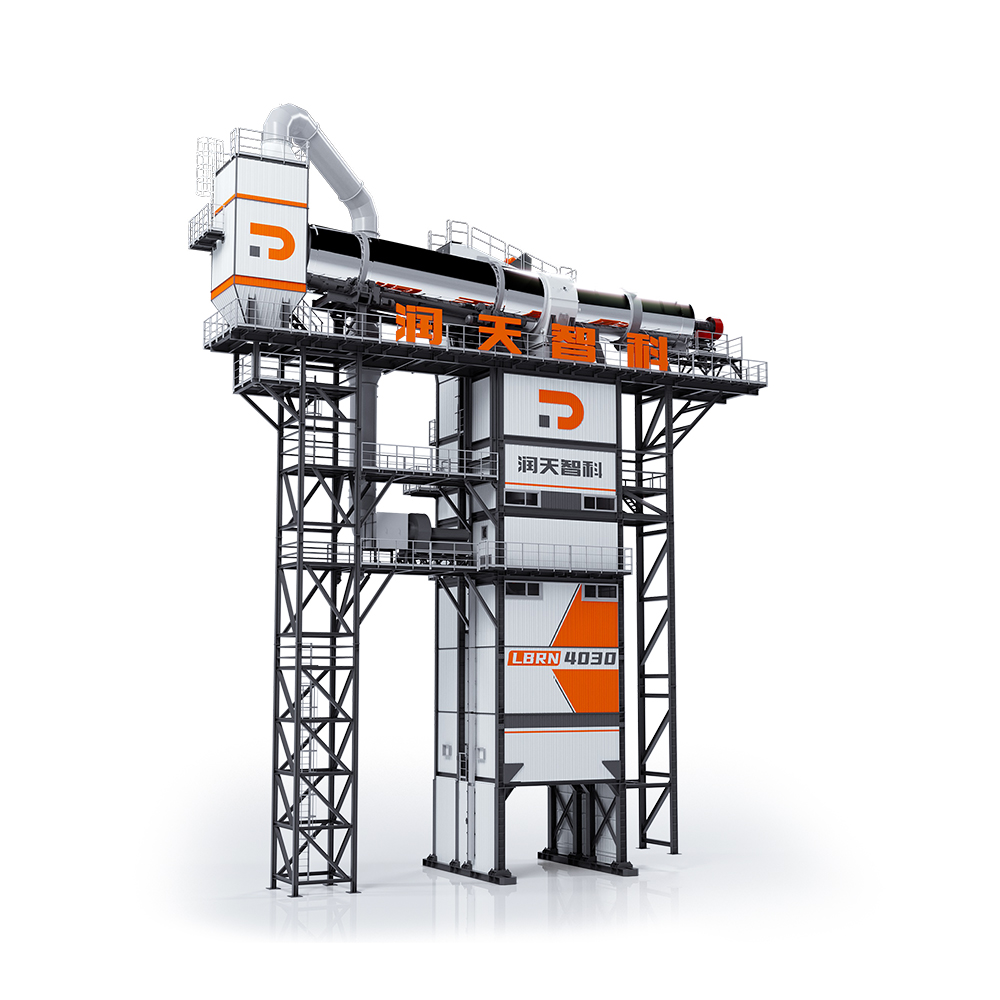 LBRN Series Counterflow Integral Asphalt Mixing Plant
LBRN Series Counterflow Integral Asphalt Mixing Plant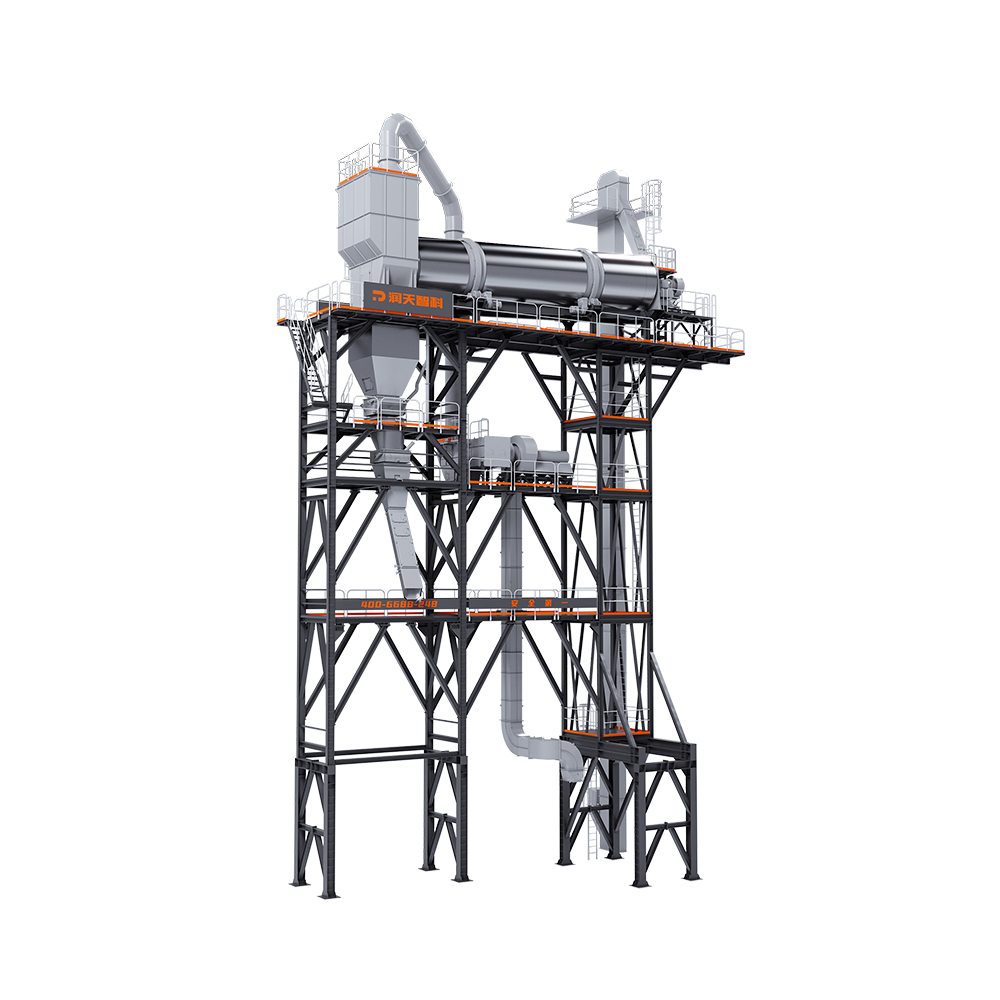 RZS Series Asphalt Mixing Plant
RZS Series Asphalt Mixing Plant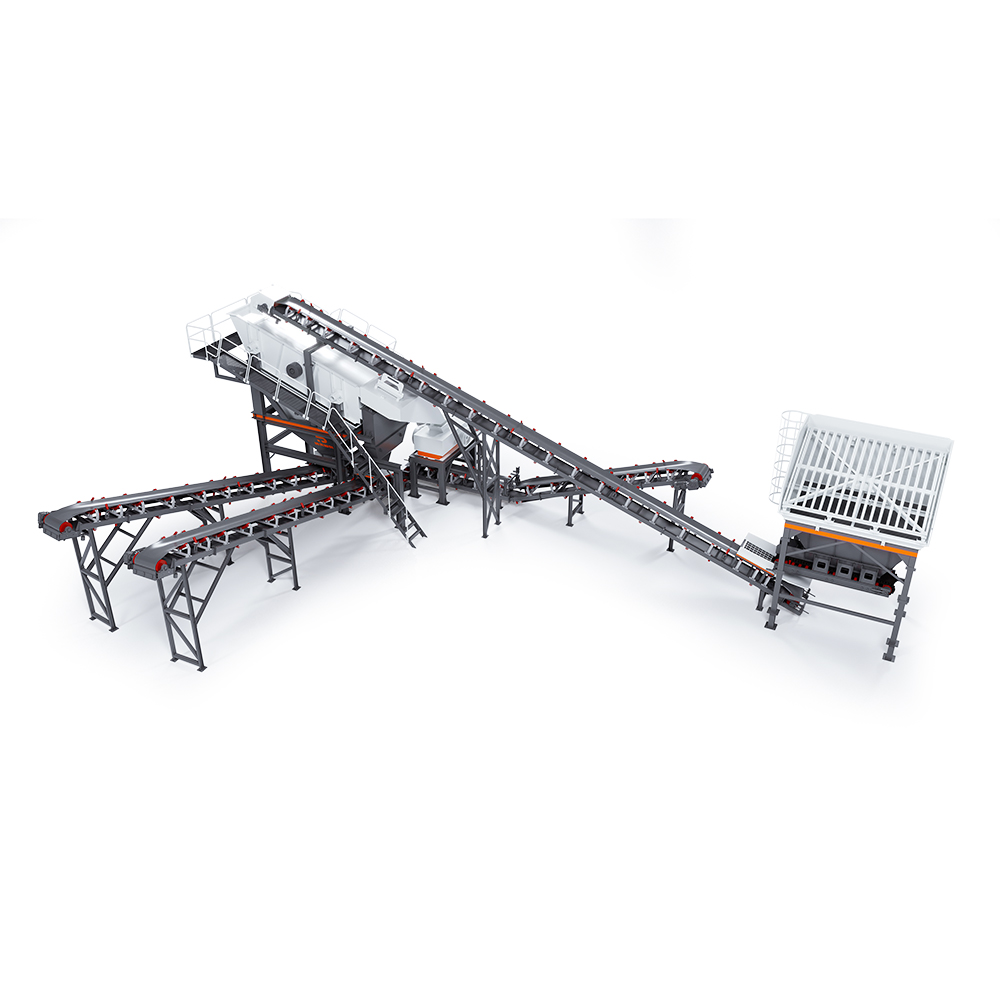 RTZS120 Series RAP Crushing & Screening Plant
RTZS120 Series RAP Crushing & Screening Plant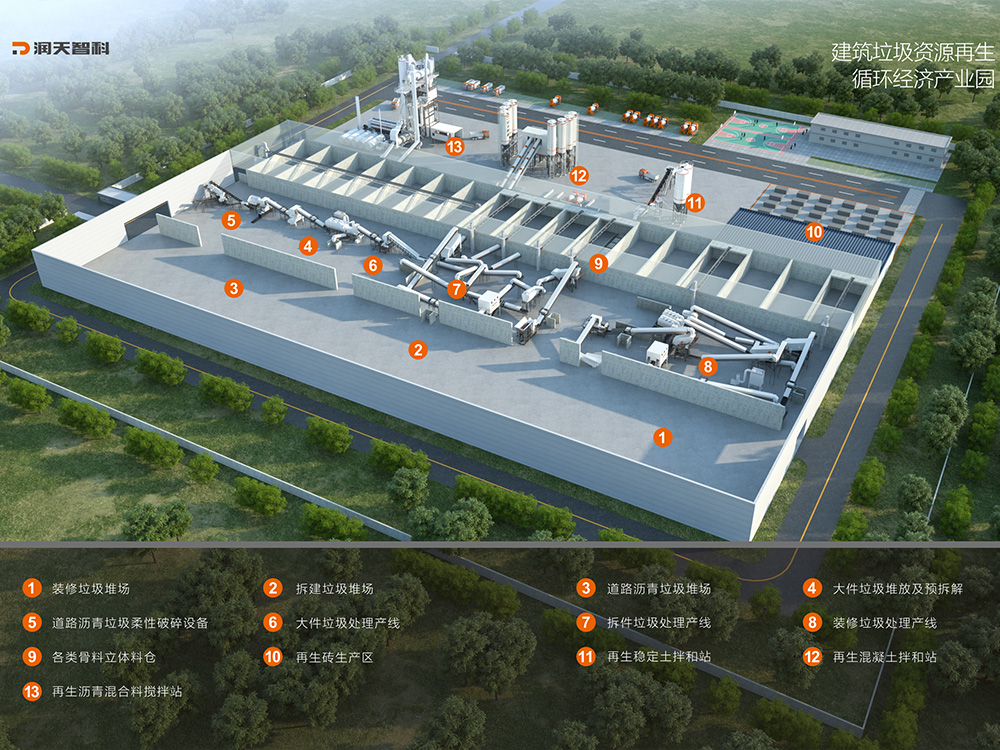 Construction Waste Resourceful Treatment Line
Construction Waste Resourceful Treatment Line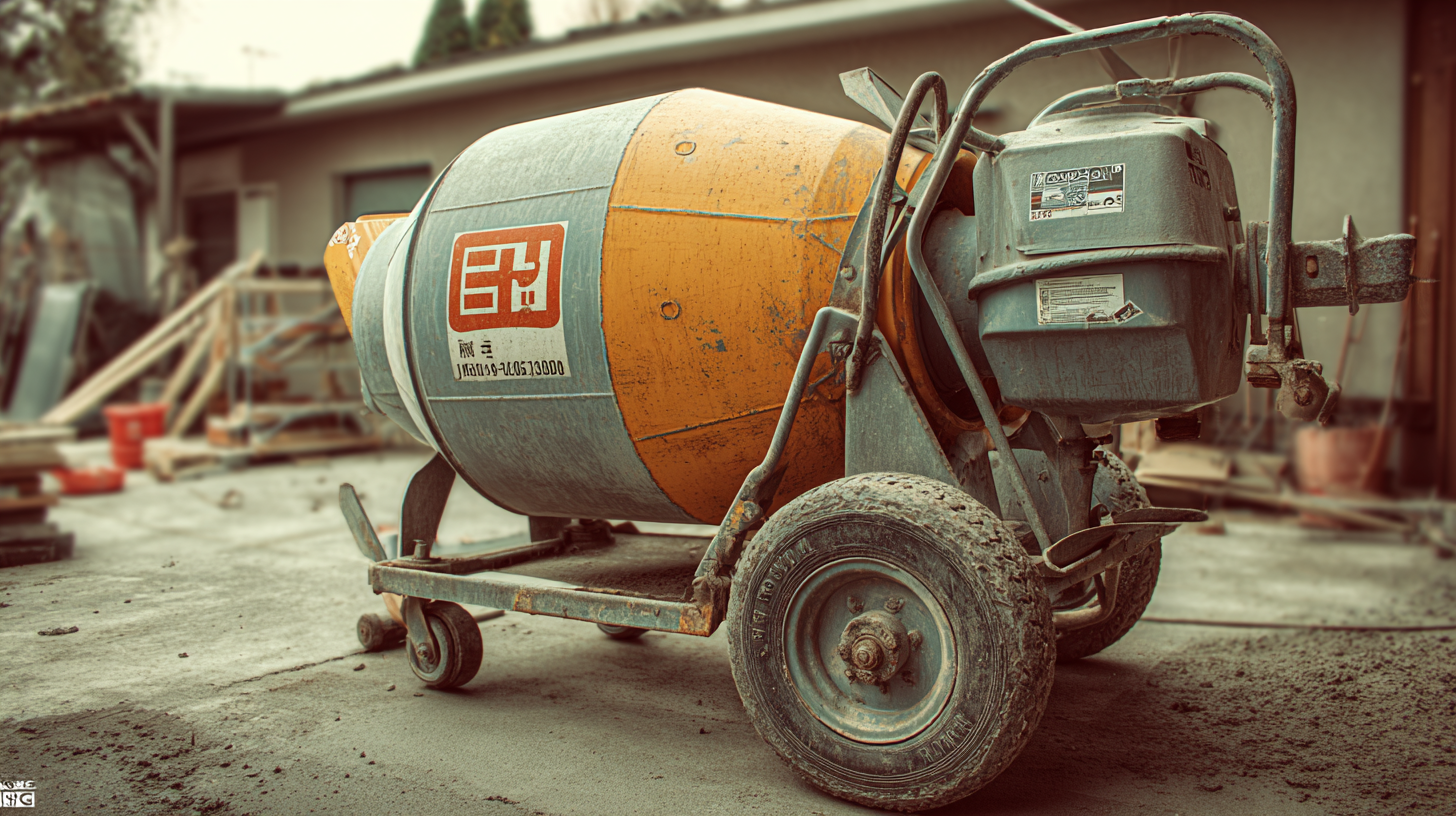
 When selecting the right electric cement mixer, evaluating motor power and performance is crucial to ensure efficiency and durability. The motor's power directly influences the mixing speed and overall operational capacity. A robust motor can handle more demanding tasks, facilitating the mixing of various materials while maintaining consistency. Potential buyers should look for mixers that specify operational parameters, such as mixing speed and energy consumption, to assess their performance capabilities.
When selecting the right electric cement mixer, evaluating motor power and performance is crucial to ensure efficiency and durability. The motor's power directly influences the mixing speed and overall operational capacity. A robust motor can handle more demanding tasks, facilitating the mixing of various materials while maintaining consistency. Potential buyers should look for mixers that specify operational parameters, such as mixing speed and energy consumption, to assess their performance capabilities.


